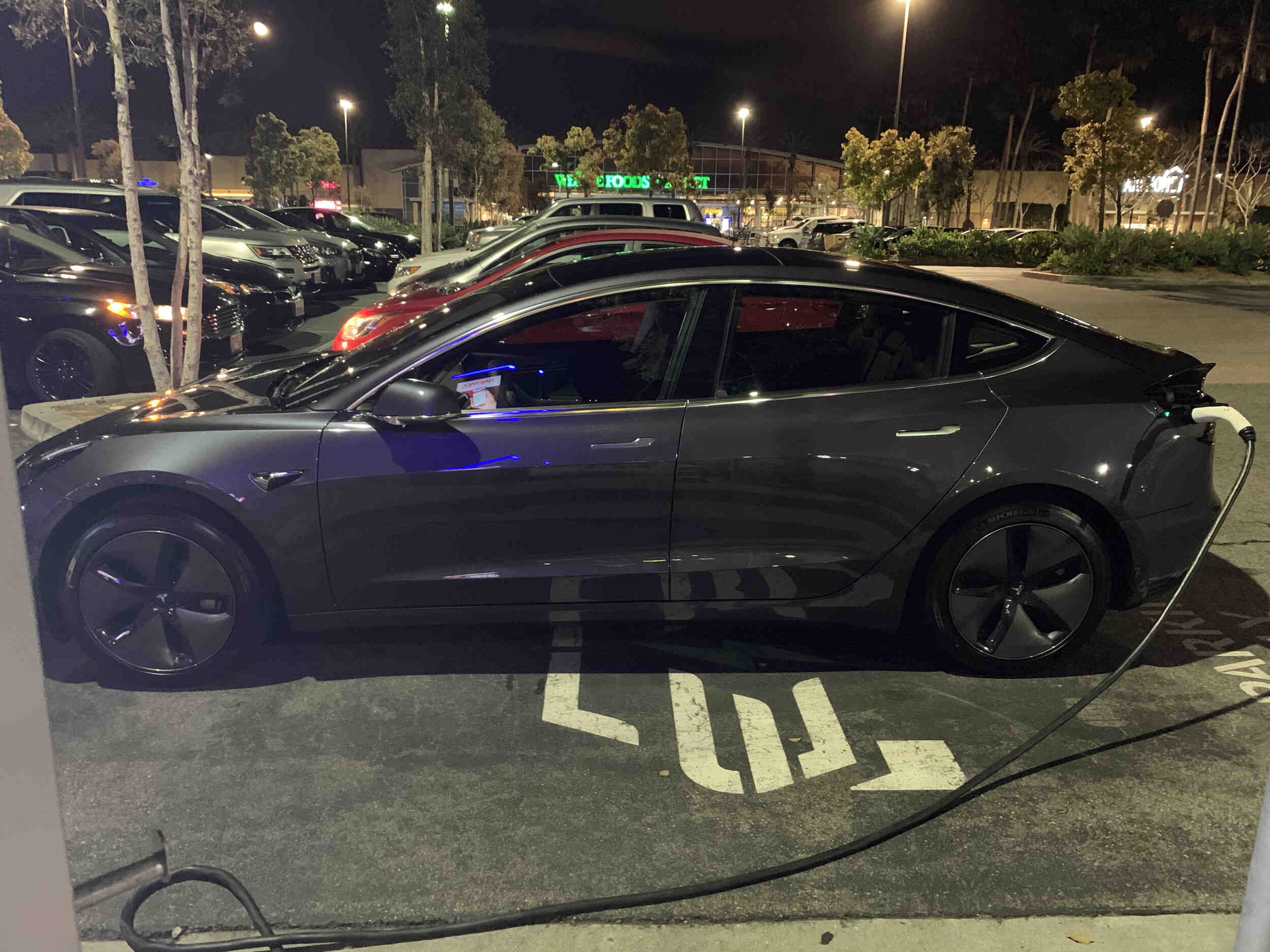
Electric Vehicles: The Future of Sustainable Transportation
Welcome to the Electric Vehicles (EV) section of the Electric Vehicle News Network, where we explore the innovative world of EVs and their pivotal role in shaping a greener, more sustainable future. As global awareness and concern for the environment grow, electric vehicles stand at the forefront of the automotive industry’s evolution, offering a cleaner, more efficient alternative to traditional internal combustion engine vehicles.
Why Electric Vehicles?
Eco-Friendly
Electric vehicles produce zero tailpipe emissions, significantly reducing air pollutants that contribute to climate change and smog. By shifting away from fossil fuels, EVs offer a cleaner, more sustainable mode of transportation, improving air quality and reducing our carbon footprint.
Energy Efficiency
EVs convert a higher percentage of electrical energy from the grid into power to the wheels, making them significantly more energy-efficient than conventional vehicles. This efficiency leads to less energy consumption and, when combined with renewable energy sources, can greatly minimize the environmental impact of personal and public transportation.
Lower Operating Costs
Electric vehicles typically have lower operating costs than their gasoline counterparts. Electricity is cheaper than gasoline in many parts of the world, and EVs require less maintenance due to fewer moving parts and reduced wear and tear.
Innovative Technology
Electric vehicles are at the cutting edge of automotive technology, often equipped with advanced features such as regenerative braking, autonomous driving capabilities, and smart connectivity. This innovation not only enhances the driving experience but also contributes to the development of smarter, more integrated transportation systems.
Types of Electric Vehicles
Battery Electric Vehicles (BEVs)
BEVs are fully electric vehicles powered by rechargeable battery packs, with no gasoline engine, exhaust system, or fuel tank. They are the purest form of electric vehicles, offering a completely emission-free driving experience.
Plug-in Hybrid Electric Vehicles (PHEVs)
PHEVs combine a battery-powered electric motor with a conventional gasoline engine. They can be plugged in to recharge the battery for a certain range of electric-only driving, after which the gasoline engine takes over, providing the flexibility to cover longer distances.
Hybrid Electric Vehicles (HEVs)
HEVs also have both an electric motor and a gasoline engine, but unlike PHEVs, their batteries are charged through regenerative braking and by the gasoline engine, not by plugging in. They primarily use the electric motor for low-speed driving and the gasoline engine for higher speeds and acceleration.
Charging Infrastructure
The growth of electric vehicles is supported by the expansion of charging infrastructure, ranging from slow, home-based charging stations to rapid charging stations along highways. This infrastructure is crucial for the widespread adoption of EVs, ensuring drivers can easily recharge their vehicles, just like refueling at a gas station.
The Road Ahead
As technology advances and the global community becomes increasingly committed to reducing greenhouse gas emissions, electric vehicles continue to gain momentum. Governments around the world are implementing policies and incentives to encourage the adoption of EVs, and automotive manufacturers are rapidly expanding their EV offerings.
Electric vehicles are not just a trend; they are the future of transportation. By choosing to drive an EV, you’re not only investing in cutting-edge technology but also contributing to a sustainable future for our planet.
Explore our Electric Vehicle News Network for the latest reviews, updates, and insights into the world of electric vehicles, and join us on the journey toward a cleaner, more sustainable future on the road.